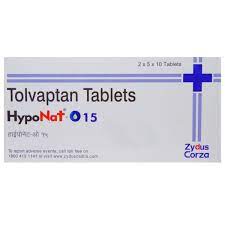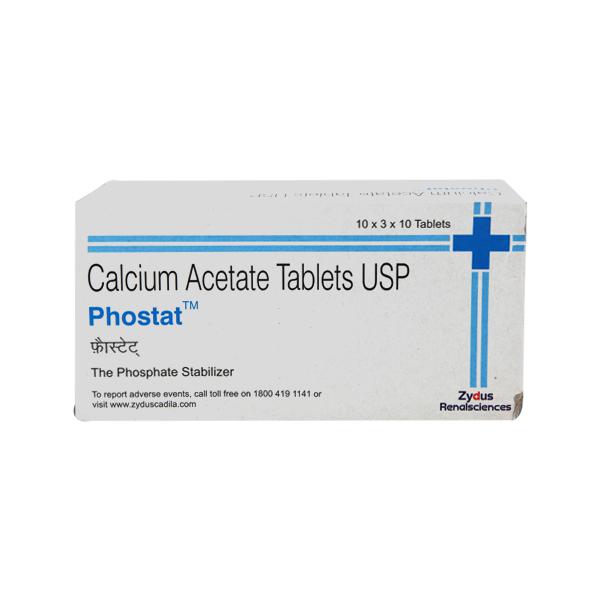hyponat O
Introduction to hyponat O
Hyponat O is a medication used to treat a condition called hyponatremia, which is characterized by low sodium levels in the blood. It is particularly beneficial for patients with heart failure or certain hormonal imbalances that lead to excessive water retention in the body.
Composition of hyponat O
The active ingredient in Hyponat O is Tolvaptan. This component works by influencing the kidneys to help manage water and sodium levels in the body.
Uses of hyponat O
- Treatment of low sodium levels in the blood (hyponatremia)
- Management of fluid retention in heart failure patients
- Correction of sodium imbalance due to hormonal issues
Side effects of hyponat O
Common side effects:
- Thirst
- Dry mouth
- Increased urination
- Nausea
Serious side effects:
- Liver damage
- Dehydration
- Low blood pressure
- Electrolyte imbalances
Precautions of hyponat O
Hyponat O should be used with caution in patients with liver disease or acute kidney injury. Regular monitoring of liver function is essential due to the risk of liver damage. It is not recommended for individuals with low blood volume or those who are not producing urine. Caution is also advised for people with heart or kidney disease.
How to Take hyponat O
- The usual starting dose is 15 mg once daily.
- The dose can be increased to a maximum of 60 mg per day.
- Swallow the tablet whole, with or without food.
Conclusion of hyponat O
Hyponat O, with its active ingredient Tolvaptan, is an effective treatment for managing low sodium levels in the blood, especially in patients with heart failure or hormonal imbalances. While it offers significant benefits, it is crucial to be aware of its side effects and take necessary precautions, particularly concerning liver health. Always follow your healthcare provider's instructions when using this medication.

Similar Medicines
More medicines by Zydus Cadila
Available in 2 variations

strip of 10 tablets

Hyponat-O 30mg Tablet
strip of 10 tablets
Disclaimer : This information is not a substitute for medical advice. Consult your healthcare provider before making any changes to your treatment . Do not ignore or delay professional medical advice based on anything you have seen or read on Medwiki.
hyponat O
Prescription Required
Manufacturer :
Zydus CadilaComposition :
tolvaptan














.svg)
